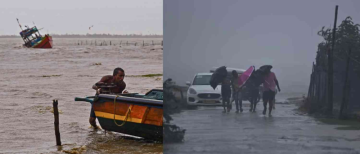In an unprecedented effort to estimate the population of riverine dolphins in India, the Wildlife Institute of India (WII) conducted the country’s first comprehensive survey of Gangetic and Indus dolphins between 2021 and 2023. This monumental survey, spearheaded by the Union Ministry of Environment, aimed to provide timely and accurate estimates of these endangered aquatic mammals that inhabit the Ganga, Brahmaputra, and Beas rivers.
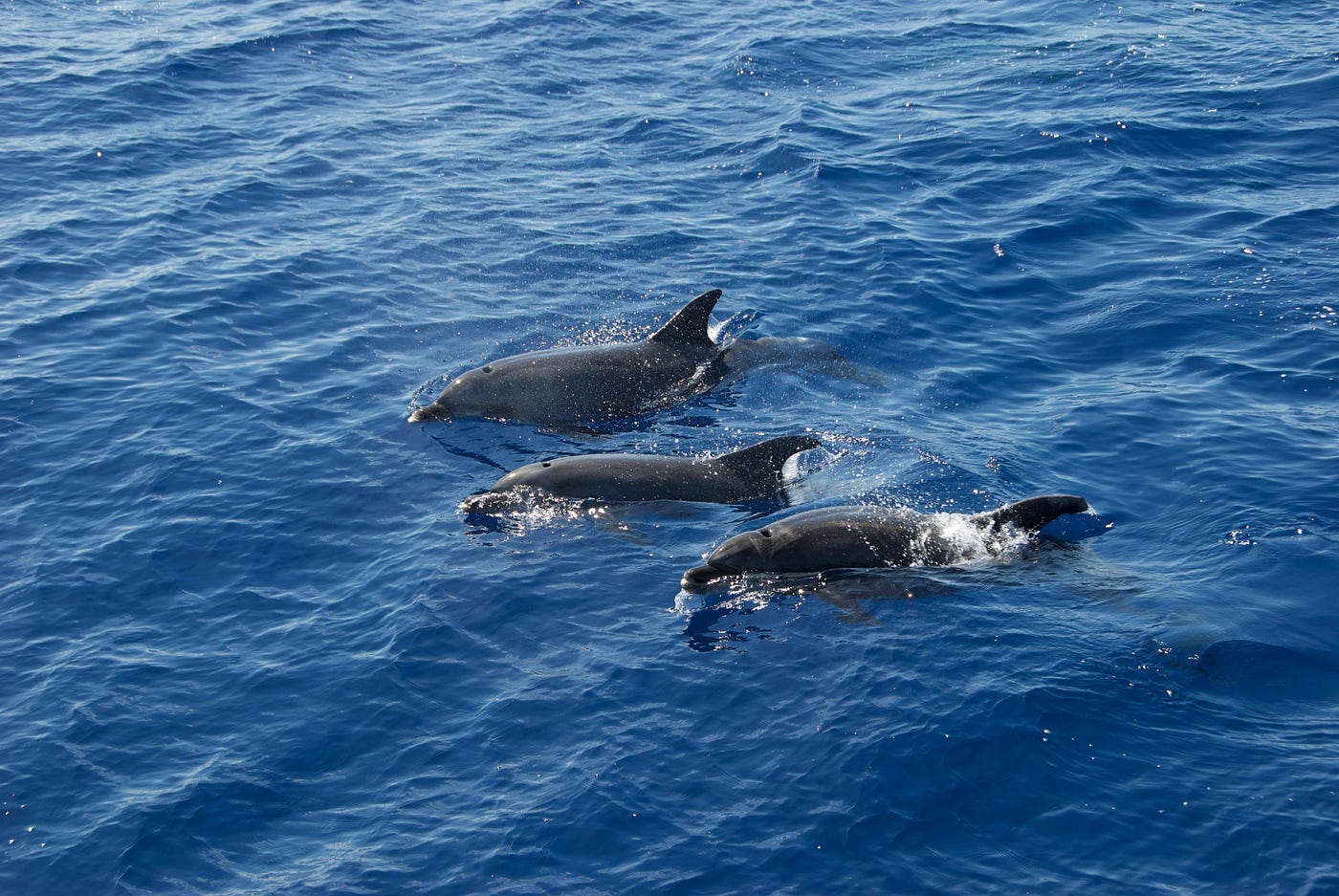
Introduction to River Dolphins in India
River dolphins, particularly the Gangetic and Indus species, are vital to the aquatic ecosystem. However, these dolphins face severe threats from human activities, including pollution, riverbed mining, habitat destruction, and climate change. As both species are classified as endangered, they are protected under India’s Wildlife Protection Act of 1972. The comprehensive survey, which spanned several rivers and regions, sought to assess the populations and distribution of these dolphins across key habitats.
On March 3, 2025, Prime Minister Narendra Modi released the results of this landmark survey, offering a detailed snapshot of the current state of river dolphin populations in India.
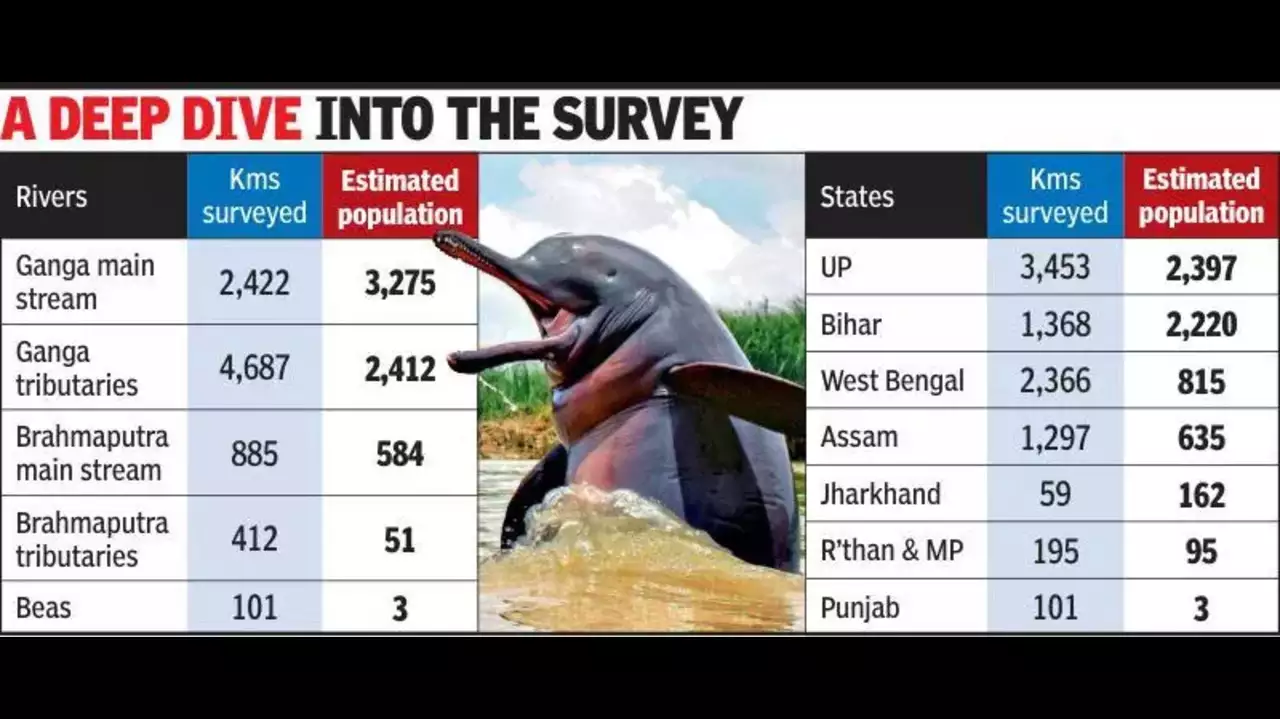
Key Findings of the River Dolphin Survey
Gangetic Dolphins Population
The survey focused on the Ganga and Brahmaputra river basins and estimated an average population of 6,324 Gangetic dolphins, with a range between 5,977 and 6,688 dolphins. The survey revealed significant variations in dolphin populations across different stretches of the river, with certain areas harboring higher concentrations.
-
Main Stem of the Ganga: An estimated 3,275 dolphins were found.
-
Ganga Tributaries: Approximately 2,414 dolphins were identified in the tributaries.
-
Brahmaputra River: The survey estimated 584 dolphins in the main stem and 51 dolphins in its tributaries.
Indus Dolphins in the Beas River
While the Gangetic dolphin population was found to be spread across multiple river systems, the survey identified only three Indus River dolphins, all in the Beas River in Punjab. This is a concerning finding, as it highlights the critically low numbers of Indus dolphins in India.
-
Beas River: Only three Indus dolphins were recorded.
Dolphin Distribution Across Regions
The survey further identified regional variations in the abundance of river dolphins. The highest numbers of Gangetic dolphins were found in the following states:
-
Uttar Pradesh: The state had the highest concentration, with 2,397 dolphins.
-
Bihar: With 2,220 dolphins, Bihar had the second-largest population.
-
West Bengal: Home to 815 dolphins.
-
Jharkhand and Madhya Pradesh: Lower populations, with 162 and 95 dolphins, respectively.
-
Punjab: A stark absence, with only three Indus dolphins.
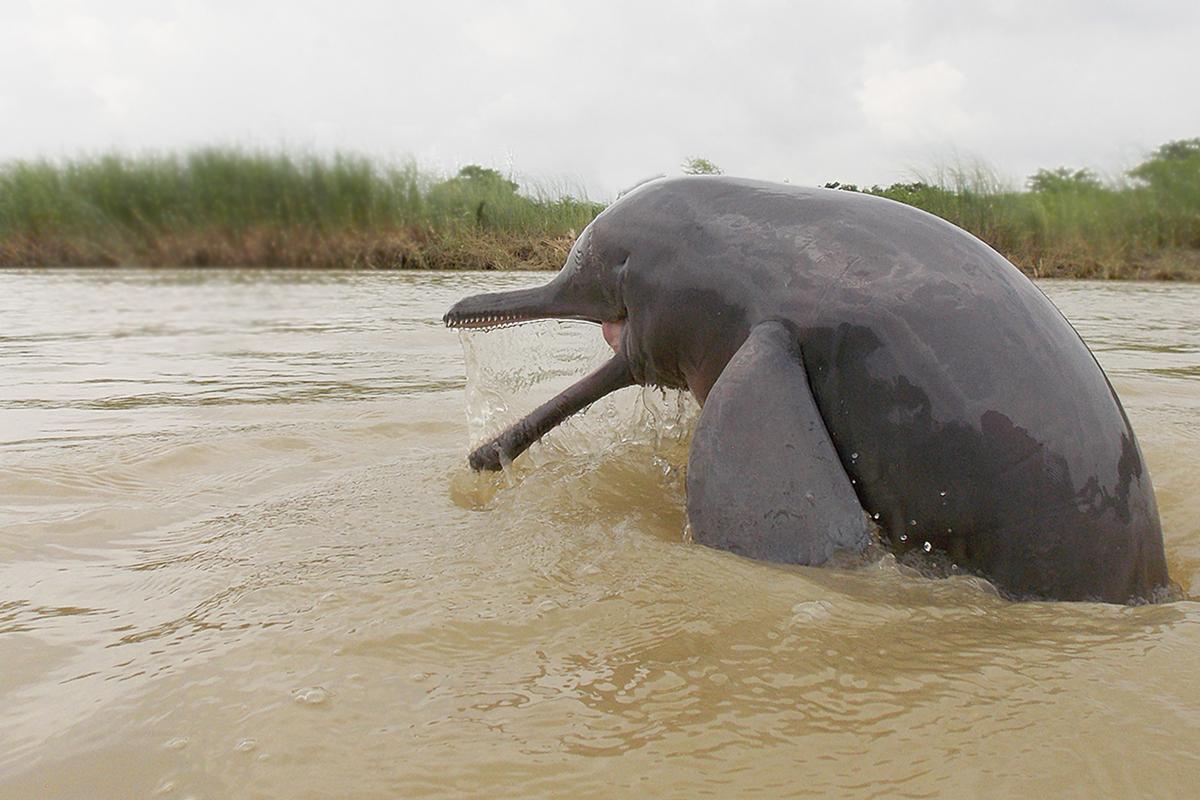
Survey Methodology: How the Dolphin Population Was Estimated
Estimating the population of river dolphins is a complex task due to their elusive nature. River dolphins often live in turbid, opaque waters and surface only briefly, making it challenging for surveyors to count them accurately. To overcome these challenges, the WII adopted a combination of visual and acoustic survey methods.
Acoustic Surveys: Using Hydrophones to Detect Dolphin Clicks
As dolphins are functionally blind and rely on echolocation to navigate their environment, acoustic surveys were employed to capture the clicking sounds made by the dolphins. These clicks are emitted by the dolphins to detect objects in their surroundings, and the sound waves bounce back to help them navigate.
Multiple hydrophones were deployed to record these clicks, allowing the researchers to triangulate dolphin locations and account for those that might not be visible to the human eye. This method helps minimize observer error and ensures a more accurate count of the dolphin population.
Visual Surveys: Different Methods for Different River Channels
Visual surveys were also essential in this estimation process. The type of survey conducted varied based on factors such as water depth, river width, and the vessel used. Here are some of the primary methods employed:
-
Double Observer Method: For wider rivers, two teams of observers positioned on different decks of the boat covered different angles to detect dolphins as they surfaced.
-
Tandem Method: Used for narrower channels with a width of less than 600 meters and depth of at least 3 meters.
-
Single Boat Method: Applied in small and shallow channels with a width of less than 300 meters and a depth of under 2 meters.

Challenges in Dolphin Population Estimation
Observer Error and Availability Error
The survey faced several challenges due to the nature of river dolphins' behavior and habitat. Dolphins typically surface for only about 1.26 seconds and remain submerged for up to 107 seconds. This brief surfacing period creates a risk of observer error, where dolphins might not be counted if they do not appear during the survey. Availability error occurs when not all dolphins surface during the counting period.
Data Collection Across Vast Areas
The survey spanned vast regions of the Ganga, Brahmaputra, and Beas rivers, totaling 7,109 kilometers in the Ganga basin, 1,297 kilometers in the Brahmaputra basin, and 101 kilometers in the Beas River. This vast geographical coverage presented logistical challenges, but the survey team successfully mapped 28 rivers by boat and 30 by road to ensure comprehensive data collection.

Identifying Dolphin Hotspots and Coldspots
One of the major insights from the survey was the identification of dolphin hotspots and coldspots across the surveyed regions.
Dolphin Hotspots
Certain stretches of the rivers had significantly higher dolphin populations, known as hotspots. Notable hotspots include:
-
Bihar: The encounter rate of dolphins was 1.62 per km, with the Chausa-Manihar stretch being the most densely populated, recording an encounter rate of 2.20 dolphins per km.
-
Bihar and Jharkhand: The Manihari to Rajmahal stretch showed a similar density, with 2.75 dolphins per km.
Dolphin Coldspots
On the other hand, some areas showed minimal or no dolphin sightings, termed coldspots. For instance:
-
The 366-kilometer stretch between Narora and Kanpur in Uttar Pradesh recorded an alarmingly low encounter rate of 0.1 dolphins per km.
-
The Farukkhabad-Kannauj stretch and areas along the Yamuna River were also identified as coldspots.
These coldspots are concerning as they indicate regions where habitat degradation or other factors may be negatively impacting the dolphin populations.
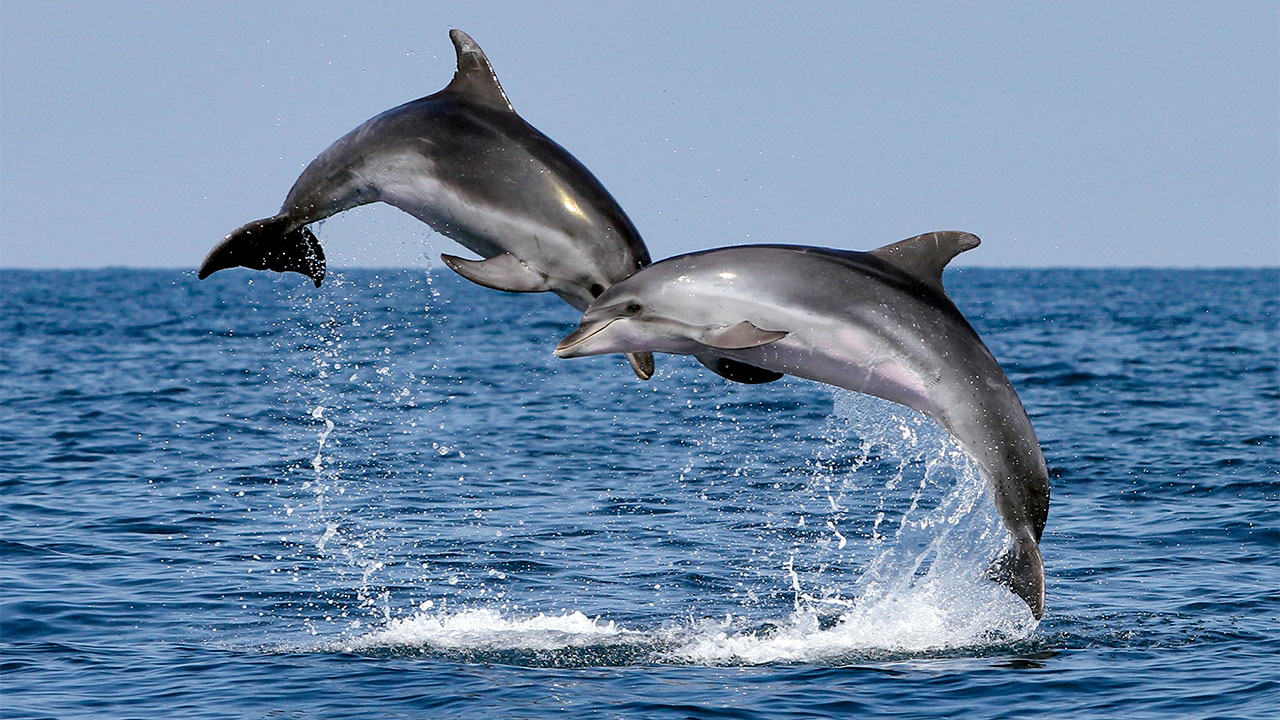
The Way Forward: Protecting River Dolphins
The findings of this first-ever comprehensive survey provide vital insights into the current state of river dolphin populations in India. However, these results also underscore the urgent need for better conservation efforts, as river dolphins continue to face threats from human activities and environmental changes.
Protecting Dolphin Habitats
Efforts to protect and restore dolphin habitats, such as reducing water pollution, curbing illegal mining, and preserving natural water flows, are critical. Additionally, addressing the issue of habitat fragmentation, especially in identified coldspots, could play a major role in the survival of these endangered species.
Continued Monitoring and Research
Ongoing monitoring, including future surveys and research on dolphin behavior, habitat preferences, and population dynamics, will be essential in safeguarding the future of river dolphins in India. Ensuring that conservation efforts are based on robust, scientifically gathered data is key to developing effective strategies.
The 2021-2023 river dolphin survey has provided a comprehensive, up-to-date assessment of the state of river dolphins in India. While the findings offer hope with high dolphin populations in certain regions, the alarming scarcity of Indus dolphins and the existence of coldspots underscore the urgency of enhancing conservation efforts. The future of these endangered species depends on continued research, stricter protection measures, and concerted efforts to preserve their natural habitats.
By focusing on these key areas, India can take meaningful steps toward ensuring the survival of its river dolphins for generations to come.
With inputs from agencies
Image Source: Multiple agencies
© Copyright 2024. All Rights Reserved Powered by Vygr Media.








